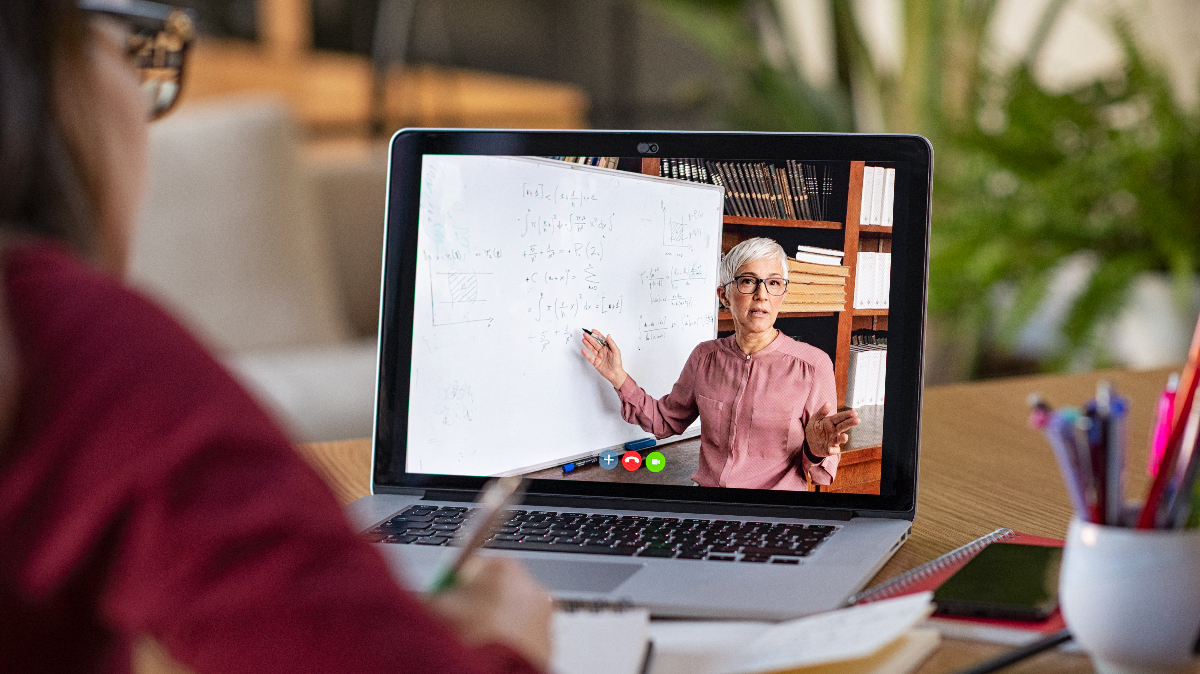
Many of us can not imagine living in a world without technology. The innovations have made life so much simpler. There is no sector in the economy that has not been the beneficiary of such discoveries. We could be talking about finance, entertainment, health, and even governments.
The truth is the application of technological innovation has streamlined operations. It leads to higher efficiency. There is also less dependence on human resources, resulting in more significant savings.
The educational sector is one of the said beneficiaries. We will explore some of the innovations brought about by technology. We then go further to see how they help with educational institution management.
Let’s dive into it.
1. Artificial Intelligence
It is hard to talk about technological Innovations without mentioning artificial intelligence (AI). The application has led to innovations in different areas. Such areas include virtual reality, augmented reality, machine learning, and natural language processing.
Virtual reality (VR) is an exciting game-changer. Educators use VR to get students to interact and experience lessons in a virtual world.
A cultural lesson on the pyramids in Egypt would, in the past, need an imaginative mind. But now, students get to visit the pyramids right from the comfort of the classroom.
For higher education institutions like universities and colleges, training opportunities are massive. Medical students can now perform virtual surgeries. They do it without touching a cadaver or living patient.
In the management of the education systems, there are tons of benefits with the use of AI. They include;-
- Savings of time and resources by taking care of repetitive, time-consuming tasks
- They provide a fantastic aid to educators, thus reducing the stress on them
- Greater personalization of lessons, resulting in higher retention. AI collects data on a learner’s specific skills and knowledge. It then creates a solution that is responsive to the insights. In this way, the learner gets material that responds to their needs
- The use of AI chatbots to handle student queries in a timely and efficient manner. Schools save by not needing full-time human resources to handle such repetitive tasks. Such technologies also have the advantage of being available 24/7. It means students and staff have access to relevant help whenever they need it.
2. Cloud-Based Services in Education Systems Management
Cloud-based computing services have increased access to educational resources. Platforms like GoSchooler allow for the automation of management processes.
It results in higher efficiency, smoother workflow, and higher productivity. The administration can take care of tasks like managing attendance. It also helps with communicating with the different stakeholders. Everything happens on one platform, allowing the management to centralize their activities.
The rule is that the educational institution gets access to a cloud terminal. They must also have the relevant software. They can then upload coursework, videos, assignments, and written lessons.
Anyone with permission can access the material from wherever they are. Due to the ongoing Covid19 pandemic, the cloud can help with remote learning and teaching.
3. Internet and Video Learning
The internet has opened up a world that is unimaginable for those who lived in the past. Students and educators have access to tons of material like this yeast fermentation lab report, which they can use. This is great because they get access to materials on any subject you need. The information is easy to access via different devices such as tablets and laptops. All you need is internet connectivity, a smart device, and you are good to go.
Educational institutions can access free or affordable learning management system software. The benefits include streamlining the learning processes.
They provide access to relevant material. Educators can also track progress at the individual and aggregate levels. The institutions can also enjoy cost savings. Spending on things like paper and writing supplies will reduce a lot.
Video learning took off during the Corona Virus Outbreak. Social distancing and stay-at-home orders changed our mindsets.
We no longer depended on office and school environments. The inability to go to a physical location like an office or school had many people revert to the digital space. Yet, meetings and lessons had to go on once people adjusted to the new setup.
Webinars, Skype, Zoom, and live streams became standard features. They helped both adults and students alike.
But that’s not all; the advantages of video services to educational institutions are many. They include:-
- Marketing the facilities through the use of short videos. It eliminates the need for a physical tour. Imagine a potential student in another part of the world exploring the campus or college without being within the actual premises.
- Videos can help with admissions through the use of informative clips. It is time-saving and efficient. Further, the students will always have access to the material without needing input from the administration.
- For teachers, videos increase engagement and facilitate remote learning. They also provide invaluable insights into how the students are engaging with the material. Interest, curiosity, and attentiveness will let the institution know the effectiveness of particular content.
4. Biometrics in the Education Sector
Biometrics is a fantastic innovation. It provides so many benefits to the management of educational institutions.
Biometrics incorporates technologies like eye tracking, facial recognition, and fingerprinting. Educators can check attendance with automation. It frees from having someone take a manual count or check the students or staff. A fingerprint scanner for example is effective and will save on valuable school time. The data it generates can also help with follow-ups in the case a student misses class.
Biometrics is also finding use in places like the library. It helps keep track of the borrowing and returning of books. Educators use eye-tracking tools to check how well students are absorbing content.
Biometrics uses infra-red cameras to track and identify student behavior. Body language, slow eye contact, and inattention may be indicative of a student who is struggling to grasp the material. Such data can help with improving the learning strategies that can help enhance learning.
Final Thoughts
The main role of technology is to make life easier. Students, educators, and administration can, and are taking advantage of such. We have looked at some of the Innovations that are impacting the sector.
AI such as VR and AR are transforming how educators pass knowledge to students. The internet is an excellent source of information. There are also tons of online resources that the institutions can use to streamline operations. Such include cloud-based computing services and the right software.




